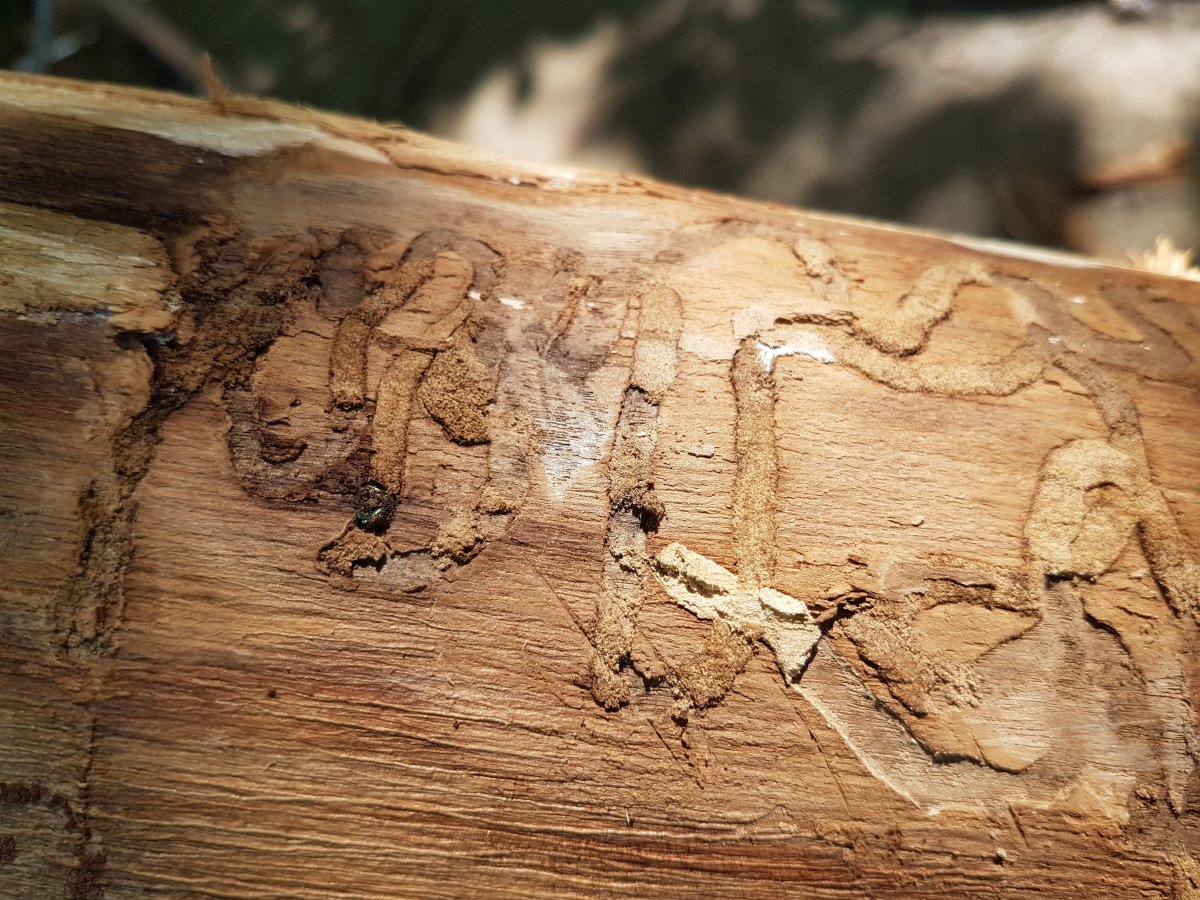The Nature Conservancy of Canada is calling on Manitobans heading into the great outdoors this long weekend to do what they can to help stop the spread of an insect already causing widespread damage to Winnipeg’s tree canopy.

For the last few years, crews in Winnipeg have been waging a war against the Emerald Ash Borer, an invasive species of beetle that officials have said has the power to wipe out the city’s entire ash tree population.
Cary Hamel, director of conservation with the Nature Conservancy of Canada in Manitoba, says those heading out camping or to the cabin this weekend may be unknowingly helping the beetle spread.
He says the single best thing we can do to help is not move firewood.
“It’s wonderful to have campfire, stay up late, keep the mosquitoes away, but if you take ash wood and you move it to a new place and that ash wood happens to be infected, you’re going to help move it and make an infection in a new place,” he told 680 CJOB this week.

Get daily National news
“Consider leaving that at home and buy your wood locally — buy it at the campground or the local community — and leave it there.’
The beetle, which was first detected in Winnipeg in late 2017, eats away at the tree, cutting off its supply of nutrients and in the end killing it.
‘There’s no cure for it’
Last month, the city’s insect control branch started treating ash trees across the city with insecticides that can kill the ash borer larvae inside the trunks. Crews have also been proactively removing infected trees.
City officials have said crews are already removing roughly 1,200 damaged ash trees a year.
But even with healthy ash trees being treated, the city expects all of Winnipeg’s 350,000 ash trees — 100,000 of which are located in public parks and on boulevards — will eventually die due to the beetle over the next 10-20 years.

While little can be done to stop the destruction, Hamel is hopeful Manitobans will do their part to help slow the beetle’s spread throughout the province.
He says it’s especially important to protect the ash trees found on riverbanks and lake shores.
“There’s no cure for it on a widespread scale and it kills the trees within three to five years,” he said.
“If those trees disappear, not only does it affect those species and the forest, but even the waterways next to them because they have such an important role in slowing down flooding and keeping the water clean and cool.”
In 2018, the city said it expects to spend $90 million over the next 10 years managing dead trees on city property, while an additional $15 million will be spent managing the wood waste from the tree removals.
— With files from Sam Thompson and Amber McGuckin






Comments